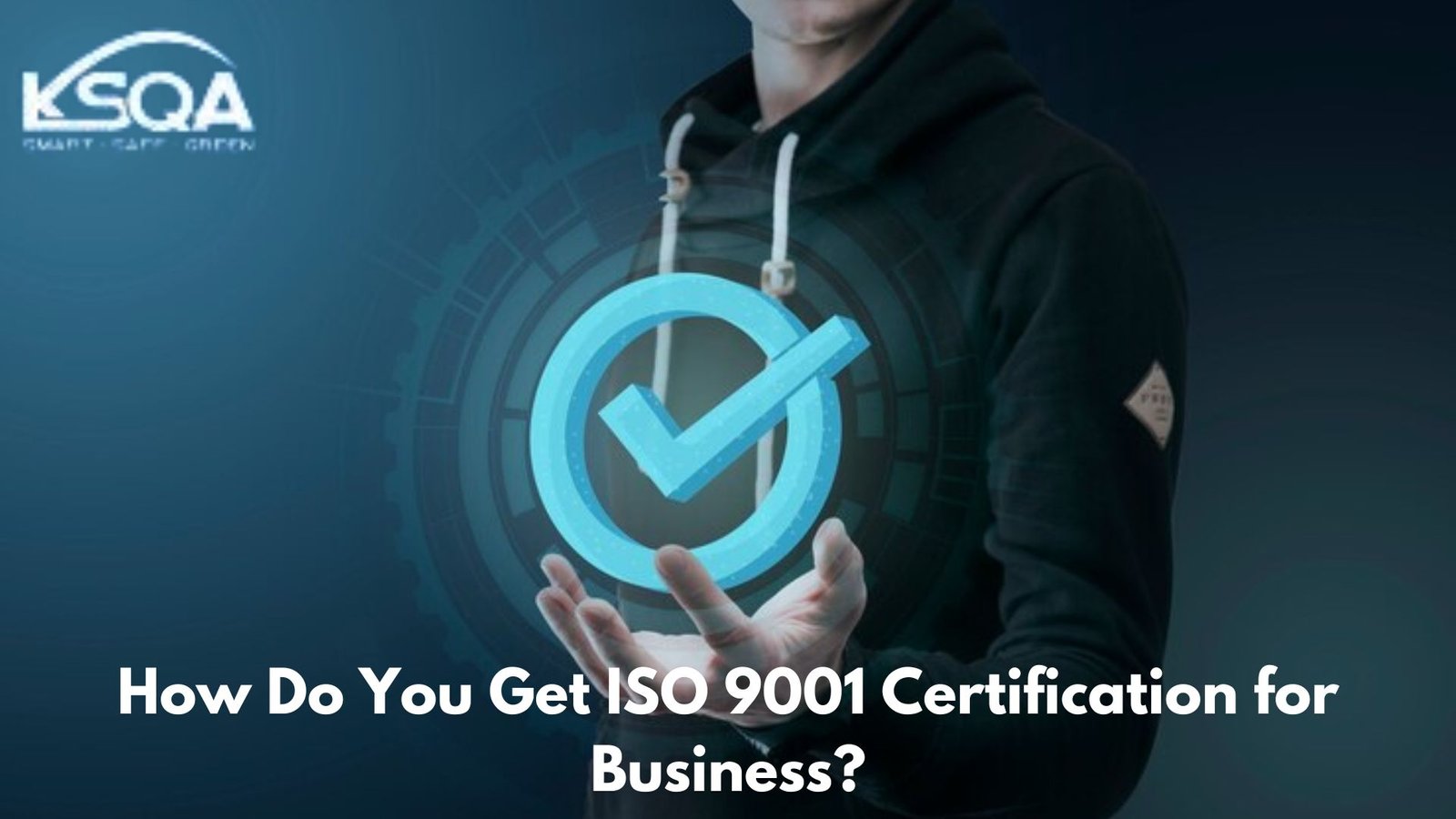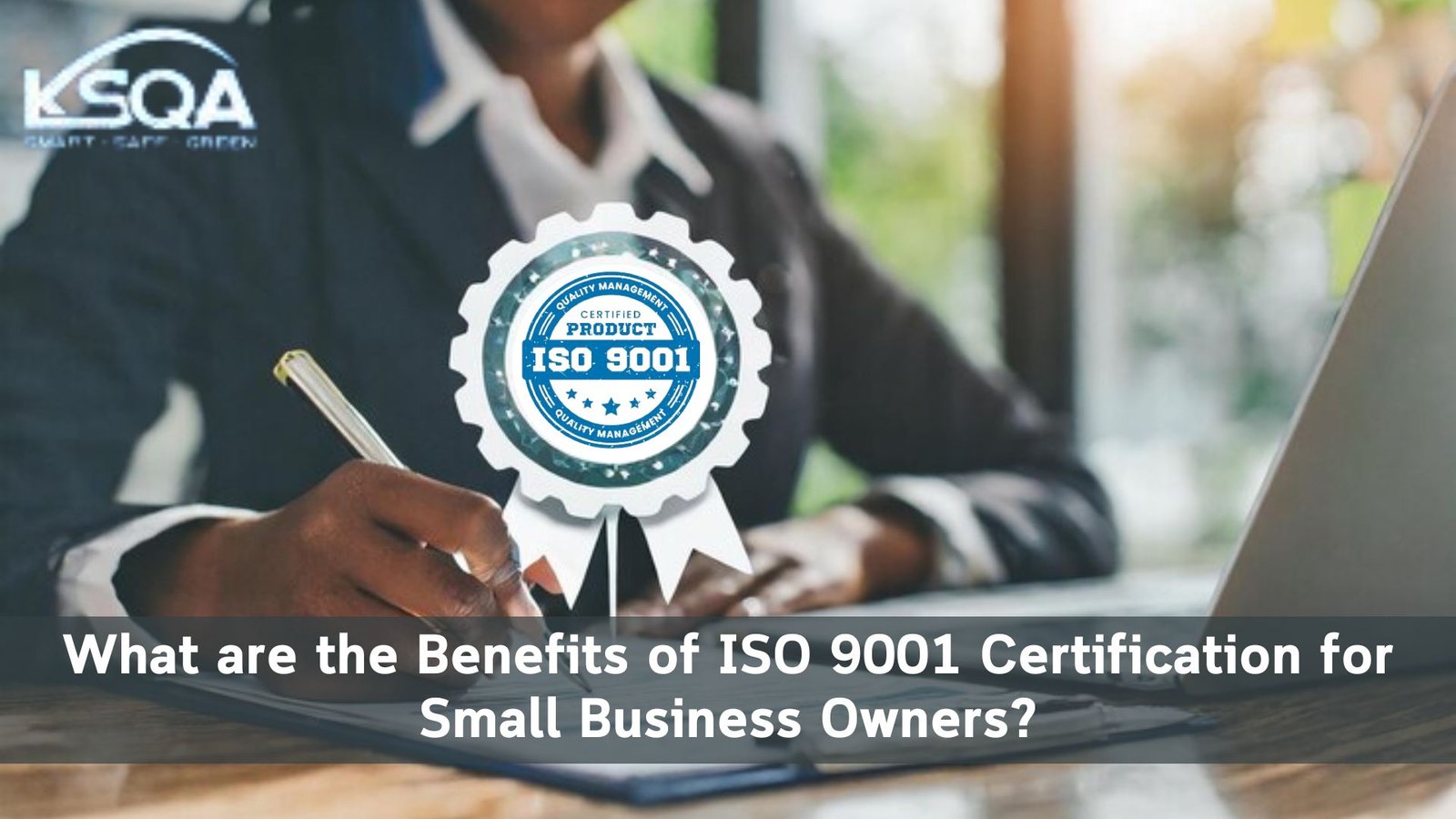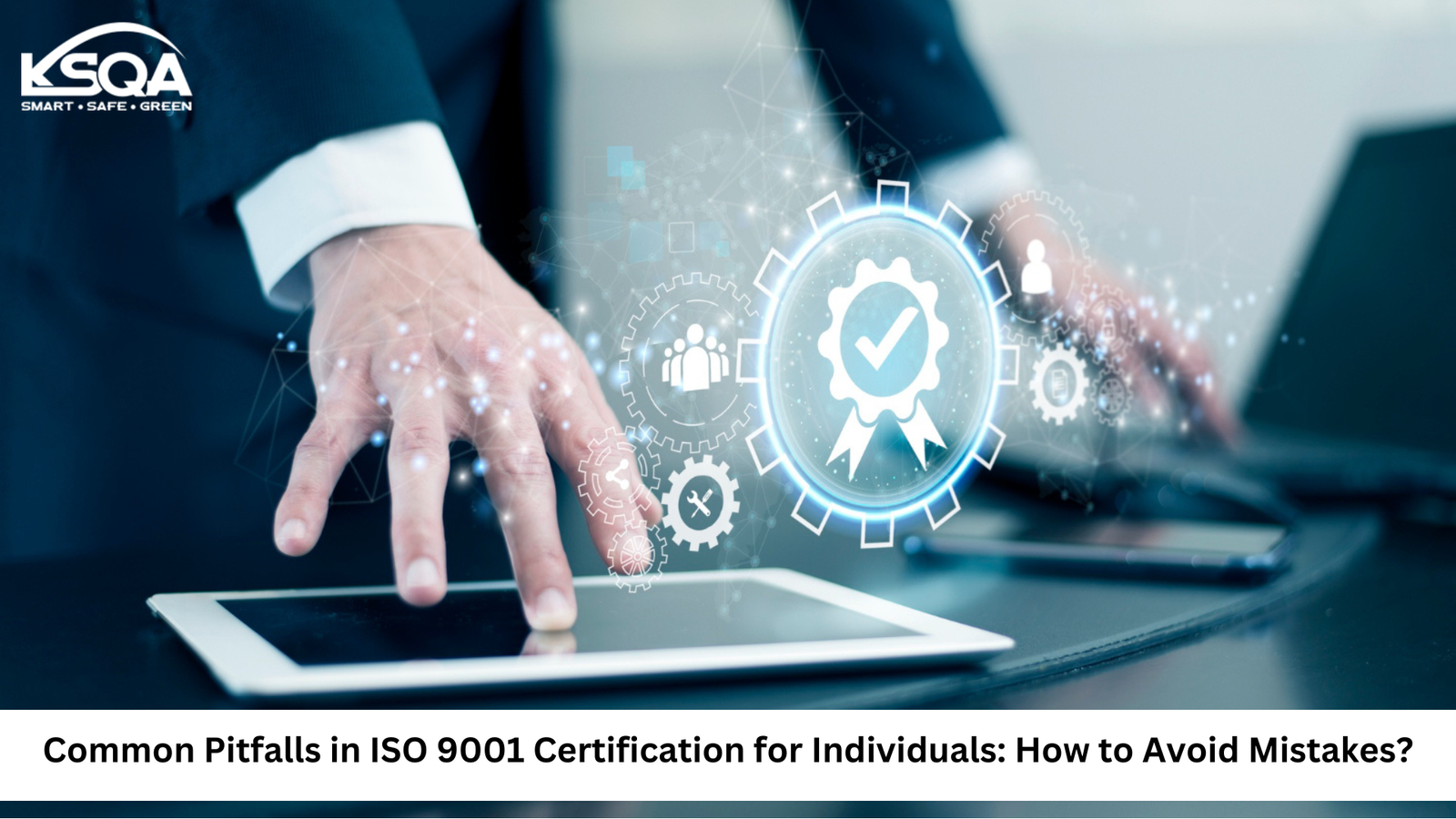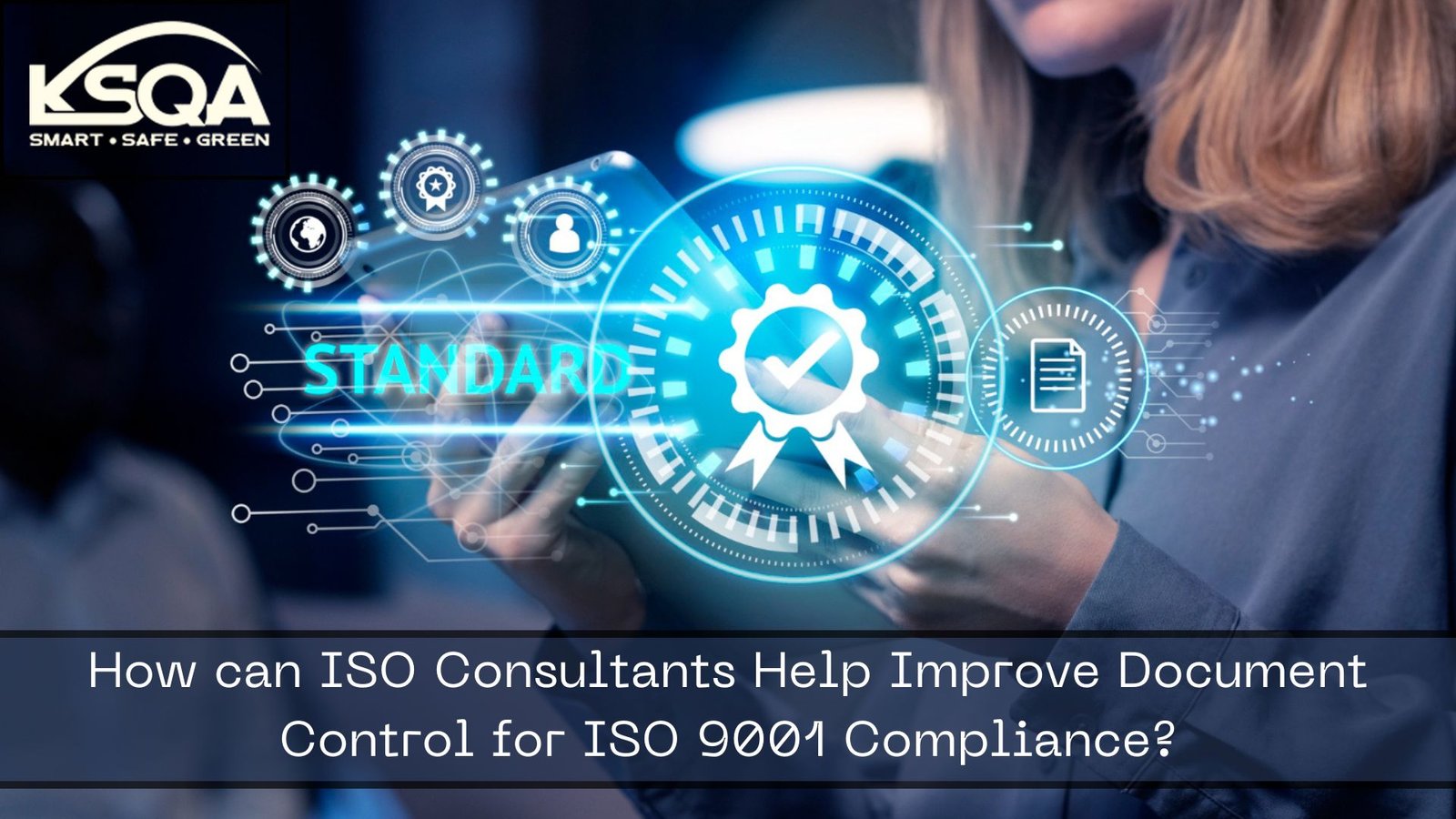ISO 9001 is an international standard for implementing quality management systems that specifies requirements for improving customer satisfaction and satisfying statutory and regulatory demands.
Significantly, attaining ISO 9001 certification can greatly boost your company’s image, work productivity, and access to new markets.
In this blog, we will learn about important steps on how to get ISO 9001 certification. From getting to know the basics of the standard to preparing your documentation and going through an ISO 9001 audit, here you will find the necessary information to follow the steps to certification.
Learn the Entire Process of Getting ISO 9001 Certification
Getting ISO 9001 certified is a strategic business improvement that will positively impact your organization’s effectiveness and its customers’ satisfaction.
Here’s a step-by-step guide to help you navigate the process:
Understand ISO 9001 Standards
It is recommended to take some time to learn the essential provisions of ISO 9001 before starting the certification journey. ISO 9001 is a set of requirements for building, documenting, using, and reviewing a QMS. The key elements include the customer, leadership, process, and change management.
Conduct a Gap Analysis
Review your existing quality management system and all the business practices that you have against the requirements of the ISO 9001 standard. This adapted comparison will allow you to define sectors that require changes and action plans to fulfill the criteria of the standard.
Create a Quality Management System (QMS)
Define and establish a QMS using the makeup of ISO 9001. This involves the documentation of quality policy, quality objectives, and quality procedures and making sure that those documents are communicated and understood in the organization.
Train Your Team
This is done in order to guarantee sufficient comprehension, particularly on the part of the employees, of the principles of ISO 9001 along with their functions in the QMS. These training sessions will assist the employees in understanding the procedural requirements and their roles in preserving quality.
Implement the QMS
Get into the practice of meeting the laid-down quality management system. This involves the implementation of the quality management procedures, an observation of the various processes within the organization, and a check of conformity to the documented system.
Perform Internal Audits
Carry out internal ISO 9001 audits in order to determine the extent of the implementation and efficiency of the QMS. It will be useful for you to conduct these forensic audits to discover the non-conformities that need to be worked on before the external audit.
Correct Non-Conformities
If there is any issue or non-conformity raised during internal audits, it should be acted upon. To address and/or avoid such issues in the future, perform adequate corrective actions to address these issues.
Select a Certification Body
An external audit should be done by a certified body of your choice that is accredited. Make sure that the chosen body is accredited and legitimate in order to support you in getting ISO 9001 certified.
Undergo the External Audit
An ISO 9001 audit is again to be conducted by a certification body to assess whether your QMS is properly established to ISO 9001. It will mean analyzing documents, including templates that were or will be used, conducting an interview with the staff, and evaluating processes.
Receive Certification
If your QMS complies with all of the requirements, the certification body will issue an ISO 9001 certificate. This certificate is usually for a period of 3 years, after which you will need to go through a recertification audit.
Is ISO 9001 Certification Really Beneficial to Businesses?
ISO 9001 certification can offer significant benefits for businesses, including:
Improved Quality Management: Results in the enhancement of quality management systems to improve the quality of products and services.
Increased Customer Satisfaction: Customer satisfaction is also promoted, and existing customers’ trust is built due to meeting their expectations most of the time.
Operational Efficiency: It helps to eliminate inefficiencies and waste and ultimately increase the general productivity of the system.
Market Competitiveness: This helps the business stand out from the competition and might be a necessity where the client requires certifications.
Regulatory Compliance: Assists in compliance with all the related statutory and regulatory provisions.
Employee engagement: Facilitates the improvement of standards and enhances staff morale and productivity.
All in all, ISO 9001 certification can bring benefits such as improved business growth, increased performance at work, and the formation of a well-deserved reputation in the market.
Conclusion
This blog has described in detail the process of getting ISO 9001 certification, which improves the quality management of the business and also improves the satisfaction of the customers.
By learning the standards, analyzing the gap, implementing QMS, training your staff, and passing through the audit, you will be able to complete the certification process.
If you are planning to get ISO 9001 certification,? KSQA provides an ISO 9001 certification consulting service to ensure that your organization follows the path to quality management and certification without any hassle. Call and inquire now!





.jpg)

